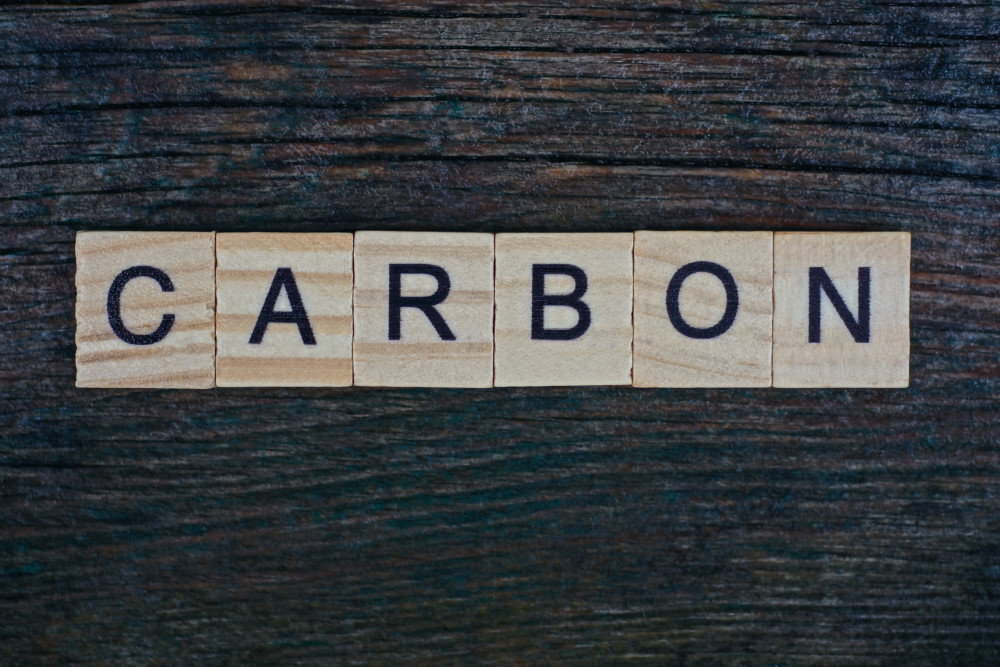On The Land
1 December, 2021
Carbon opportunities for cotton farmers
NORTHERN cotton growers gathered in Atherton last week at a meeting organised by FNQ Sustainable Cropping to review the year that was, plan for the coming season and explore the carbon opportunities on offer to local growers.

The carbon market relates to the production and buying and selling of Australian carbon credit units (ACCUs), generated primarily from land restoration projects that re-establish native vegetation which then removes carbon dioxide from the atmosphere.
One carbon credit equates to a 1,000 ton reduction in atmospheric carbon dioxide emissions or greenhouse gases which compensates for emissions made elsewhere. These carbon credits become carbon off sets when purchased in the marketplace by other companies trying to become “climate neutral”.
The recent spot price for Australian Carbon Credit Units was $26 a ton, a 57 per cent increase for the year to date, representing a potentially lucrative income stream for Australian farmers and graziers.
FarmLab Australia CEO, Sam Duncan showcased his company's software platform, started in 2016 with the aim of digitising the earth’s soil, to help agronomists, consultants and farmers better map, sample and analyse soil elements such as carbon and Nitrogen, using the latest in soil science and digital soil mapping techniques.
Mr Duncan informed growers about the Queensland Rural and Industry Development Authority's newly released Carbon Farming Advice Rebate Program, funded through the Land Restoration Fund (LRF).
A rebate of up to $10,000 is now available to off set the cost to land holders or organisations obtaining advice from an (LRF) approved advisor on carbon farming projects. FarmLab's newly approved (LRF) advisor, Customer Success Manager, Dr Devraj Chalise, will be located in Mackay.
But despite the hype, Mr Duncan said carbon trading wasn’t for everyone.
“Farmers need to consider that carbon contracts often require up to 25 years of commitment to their land management strategy, but successful growers could receive a premium from cotton buyers from around the world in return for sustainable farming practices,” he said.
Last week's meeting also included presentations by Chairman Warren Jonsson, a discussion on carbon by major cotton producer David Statham and an industry overview by Nutrien agronomist Maurilio Rezende Silva Neto.
A buoyant cotton market and a good result from the 2021 productive season have led to a projected increase in cotton production next year with up to six new growers coming on board around the Mt Garnet and Mareeba areas, but Warren Jonsson said it was important cotton growers got it right from the outset.
“We are a young industry here in the north, so we need to unite to create a long-term vision. Industry leaders David and Danielle Statham of Sundown Pastoral Co, who created one of the world's most efficient and environmentally ethical agricultural enterprises, Good Earth Cotton, have been valuable mentors during our start-up phase,” Mr Jonsson said.
After selling their 10,000 head feedlot and the last of their 75,000 acres of prime cattle country, running 54,000 head, to invest in 65,000 acres of cropping land, west of Moree, New South Wales in 2018, the Statham's concentrated on growing cotton, buying 43,706ha St Ronans Station, west of Mt Garnet in 2019.
Adopting Fibre Trace technology, Good Earth Cotton's carbon positive clothing can be independently and transparently verified throughout the entire global cotton supply chain, from seed to shelf, where “every fibre tells a story”.
Their Bundaberg hardwood forest and timber plantation “Mirrimavale” also showcases Sundown Pastoral’s long term commitment to the environment with sustainable farming and carbon sequestration techniques.
Reflecting on the 2021 production outcomes, agronomist, Maurilio Rezende Silva Neto said, on the whole it was a “pretty good result”.
"We have been trying to benchmark results and believe planting dates are one of the biggest factors driving yield,” he said.
Growers should be watching the weather and ideally start planting no later than December 15, using shorter season varieties such as 746,704 and 606. With the cotton price rising daily, Mr Silva Neto said growers were getting quite excited and starting to lock next year's crops in now.
While irrigated cotton is known to produce the biggest yield per megalitre of water return of any crop, he said even dry land cotton will still out-perform rival crops such as corn or sorghum.
“It’s good to be a part of what is happening in the cotton industry right now,” he said.



